Behind the Scenes: The Making of Half-Life 2
The development of “Half-Life 2,” one of the most critically acclaimed first-person shooter games of all time, is a tale of innovation, secrecy, and groundbreaking technology. Originally released by Valve Corporation in 2004, the sequel to 1998’s “Half-Life” faced intense scrutiny and anticipation from both the gaming community and industry insiders. The game’s journey from conception to release is a fascinating exploration of creativity, technological advancement, and a deep commitment to storytelling.
The story begins in 1999, shortly after the success of the original “Half-Life.” Valve’s co-founder, Gabe Newell, envisioned a game that would push the limits of interactive storytelling and immersive gameplay. The success of “Half-Life” gave Valve a sturdy foundation, both financially and reputationally, to embark on an ambitious sequel that would ultimately take five years to develop.
From the start, “Half-Life 2” distinguished itself with its use of the Source Engine, an innovative game engine that provided advanced physics capabilities, high-quality graphics, and real-time rendering. One of the most significant challenges the team faced was developing and refining this new engine. Valve’s engineers tirelessly worked to ensure that the Source Engine could handle large environments, detailed textures, and complex character animations, setting a new standard for video game realism.
The game engine wasn’t just a technical accomplishment; it served as the backbone for several incredible innovations in gameplay. One of the standout features in “Half-Life 2” was the use of physics as a central gameplay element, achieved through the incorporation of Havok Physics. This allowed players to interact with the game world in unprecedented ways, such as using environmental objects to solve puzzles and defeat enemies.
An essential part of “Half-Life 2’s” enduring success is its storytelling. Valve prioritized narrative depth by crafting a compelling storyline that intertwined with the game’s interactive elements. Marc Laidlaw, the game’s writer, played a critical role in creating the game’s dystopian setting and richly detailed characters. The narrative follows protagonist Gordon Freeman as he navigates an oppressive world governed by the alien Combine, with an engaging storyline that unfolds organically through interaction rather than cutscenes. This approach to storytelling was revolutionary at the time and has influenced countless games that followed.
Art direction was another cornerstone in the making of “Half-Life 2.” The game’s environments were meticulously designed to evoke a hauntingly beautiful post-apocalyptic world. The art team drew inspiration from Eastern European architecture and the industrial ambiance of locations such as City 17, the game’s primary setting. This visual style created a stark contrast between the decayed urban landscapes and the striking, futuristic elements implemented by the Combine. Concept artists and level designers worked closely to ensure every aspect of the environment contributed to the narrative and gameplay, resulting in a cohesive and immersive experience.
During development, Valve took an unorthodox approach to playtesting, involving non-developer participants far earlier than was typical for the industry at the time. This allowed the team to gain valuable insights into users’ experiences and perceptions. Playtesting not only uncovered bugs and gameplay issues but also provided substantive feedback on game pacing, difficulty, and level design. The iterative nature of playtesting helped refine the game into the masterpiece it became, ensuring an engaging experience for players of all skill levels.
Communication and collaboration were crucial strategies employed by Valve throughout the making of “Half-Life 2.” The project was notably siloed to maintain secrecy, with different teams focusing on various aspects of the game such as design, programming, and art. This method protected the integrity of the final product but also required streamlined channels for sharing progress and ensuring a unified vision. The team utilized a range of collaborative tools and practices, such as regular meetings and version control software, to manage the complex web of dependencies inherent in developing such a sophisticated game.
Despite Valve’s meticulous planning, the development of “Half-Life 2” was not without its setbacks. A major crisis hit the project in 2003 when a hacker infiltrated Valve’s network and leaked an early version of the game’s source code online. This incident was a significant blow to the company, threatening the project’s completion and security. In response, Valve took drastic measures, overhauling their security protocols and addressing the leaked content. Gabe Newell’s handling of the situation became a case study in crisis management within the gaming industry.
The audio design for “Half-Life 2” also plays a pivotal role in the game’s atmosphere and immersive quality. Composer Kelly Bailey created an iconic soundtrack that matched the tone and intensity of the game’s varied environments and sequences. Sound effects were crafted with the same attention to detail, providing distinctive auditory cues that enhanced gameplay and drew players deeper into the experience. From the eerie ambient sounds of deserted cityscapes to the dynamic echoes of combat, audio elements were meticulously designed to complement the game’s visual and narrative components.
Public anticipation for “Half-Life 2” was immense. Valve employed a savvy marketing strategy that included carefully released teaser trailers and screenshots to generate excitement. This approach maintained high public interest despite the extended development time. However, it wasn’t just pre-release materials that piqued interest; Valve’s integration with emerging digital distribution platform Steam was a bold move that revolutionized game dissemination and security against piracy. The decision to couple “Half-Life 2” with Steam was initially met with skepticism, but it eventually helped reshape the distribution model for the video game industry.
The voice acting in “Half-Life 2” deserves special mention for bringing depth and emotion to the game’s characters. With a cast including Robert Guillaume as Eli Vance and Merle Dandridge as Alyx Vance, the performances added a level of authenticity and engagement that enhanced the narrative impact. These characters, driven by compelling arcs and well-developed backgrounds, felt like genuine inhabitants of the troubled world of “Half-Life 2.”
Monsters and enemy design are other significant aspects that highlighted Valve’s creative vision. The game introduced new creatures, including the iconic Headcrab zombies and the menacing Striders. Each enemy was crafted with distinct behaviors and attack patterns, challenging players to adapt and utilize the game’s physics and mechanics strategically. The variety in enemy design contributed to a dynamic combat experience that kept players constantly engaged.
After its release, “Half-Life 2” was lauded for its revolutionary gameplay, storytelling, and technology. The gaming press gave it high marks, cementing its status as one of the greatest video games ever made. It won numerous Game of the Year awards and has since maintained a dedicated fan base, with ongoing discussions and mods keeping the game relevant.
Looking back at the making of “Half-Life 2,” one can appreciate the sheer amount of dedication, talent, and innovation it required. From overcoming technical hurdles to creating a vibrant world that captured the imagination of millions, the development story of “Half-Life 2” is a testament to what can be achieved through vision and perseverance in the ever-evolving landscape of video games. As the industry continues to advance, the legacy of “Half-Life 2” endures, showcasing the power of detailed world-building and pioneering technology in creating unforgettable gaming experiences.
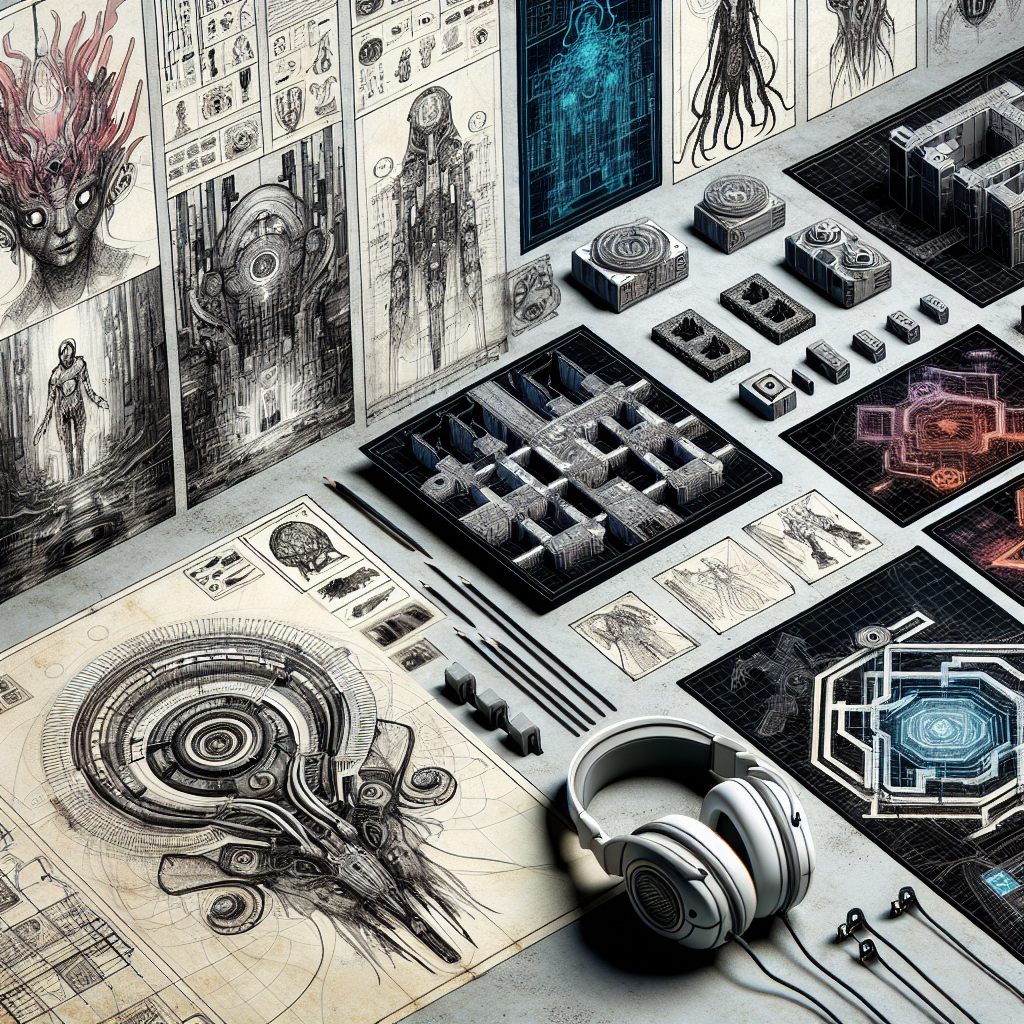
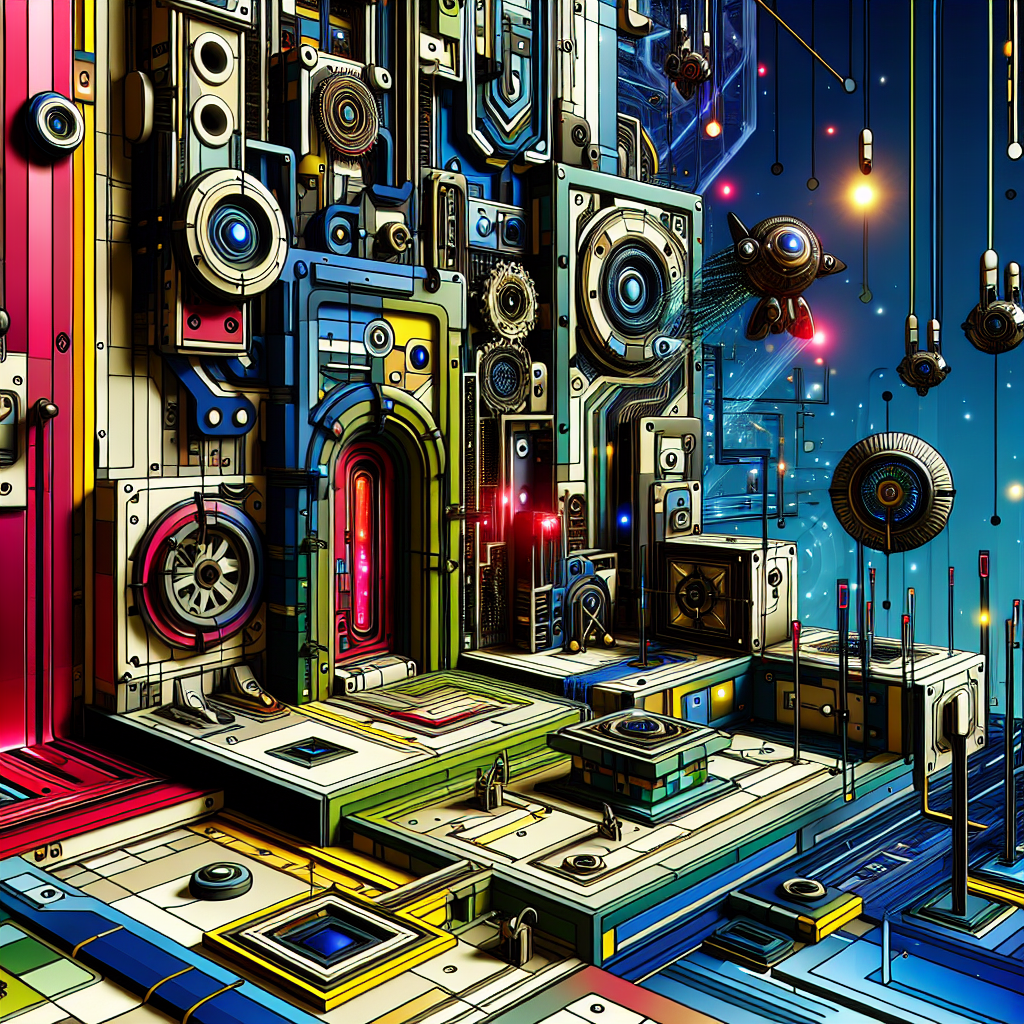
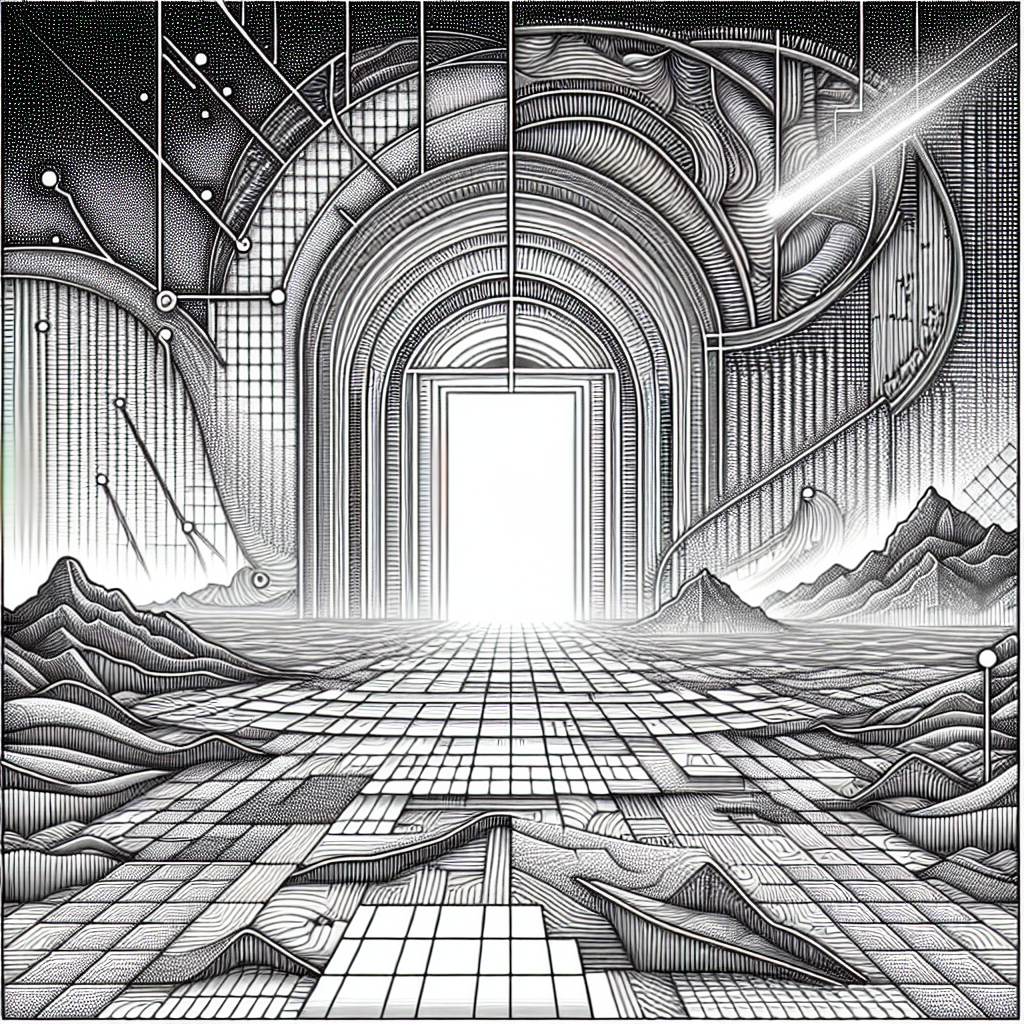
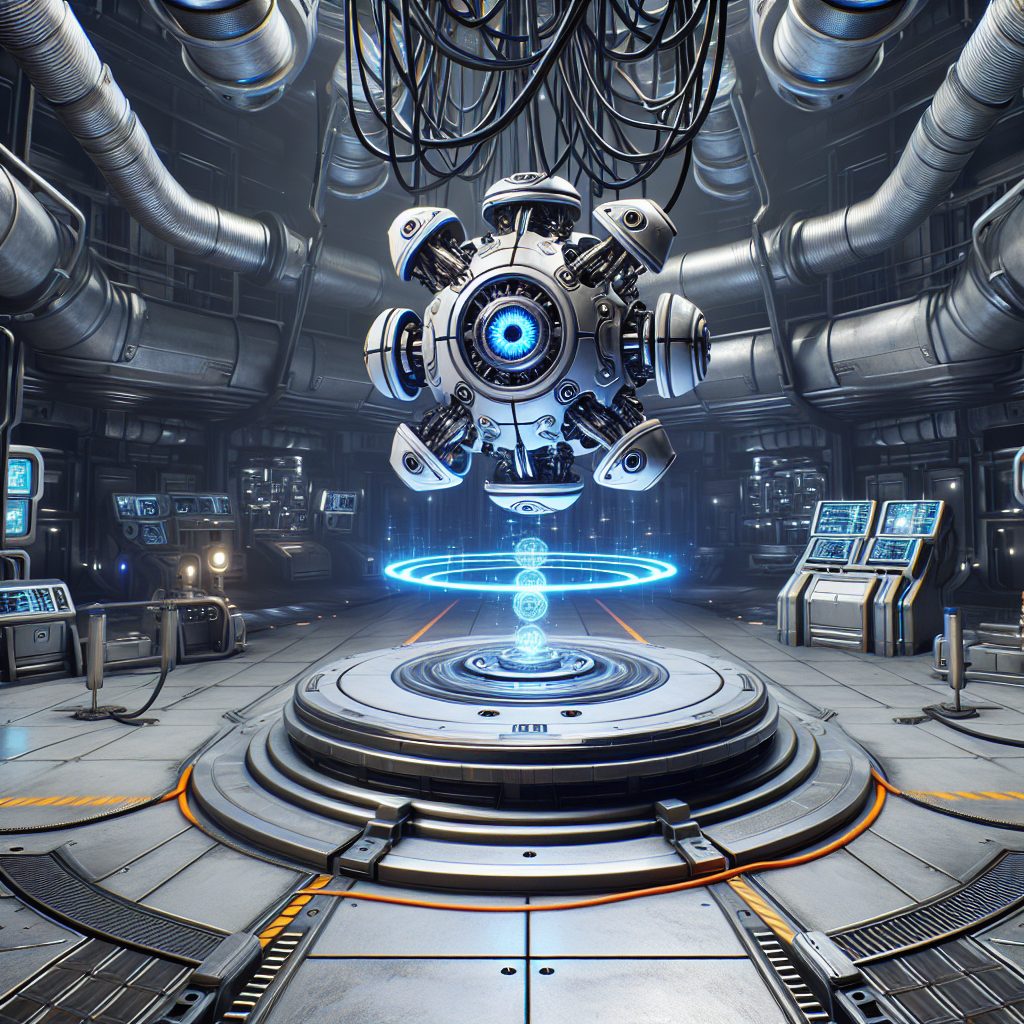
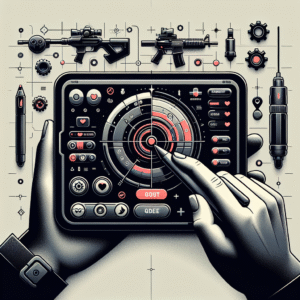
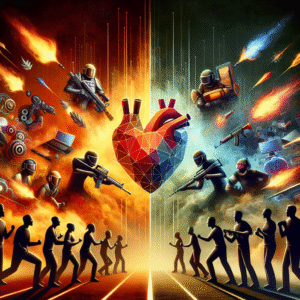

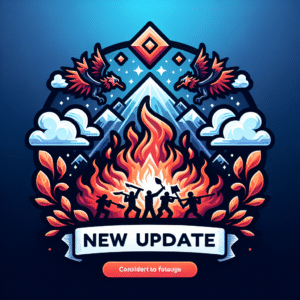
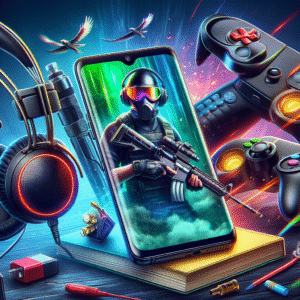
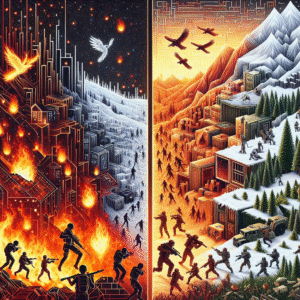
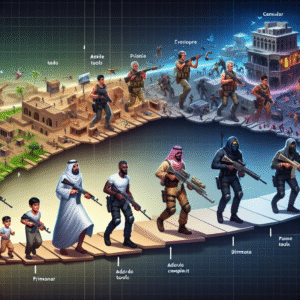
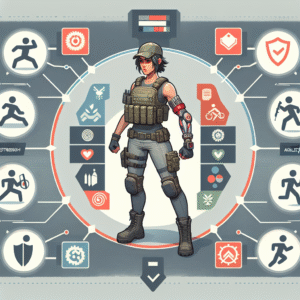
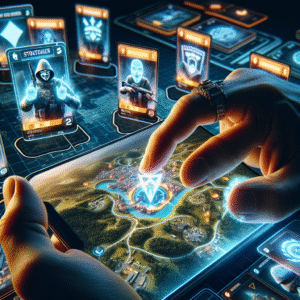
Post Comment